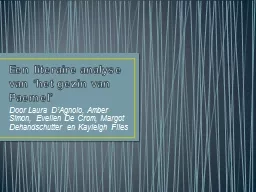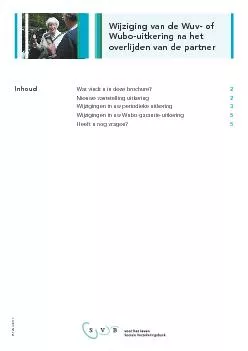PPT-Matt Van Zetten
Author : sherrill-nordquist | Published Date : 2016-02-20
ICU SRMO Sodium Bicarbonate use in critical care Metabolic Acidosis Hyperkalaemia Toxicology Cardiac arrest RTA CRRT Others Potential Sodium Bicarbonate Uses NaHCO3
Presentation Embed Code
Download Presentation
Download Presentation The PPT/PDF document "Matt Van Zetten" is the property of its rightful owner. Permission is granted to download and print the materials on this website for personal, non-commercial use only, and to display it on your personal computer provided you do not modify the materials and that you retain all copyright notices contained in the materials. By downloading content from our website, you accept the terms of this agreement.
Matt Van Zetten: Transcript
Download Rules Of Document
"Matt Van Zetten"The content belongs to its owner. You may download and print it for personal use, without modification, and keep all copyright notices. By downloading, you agree to these terms.
Related Documents














